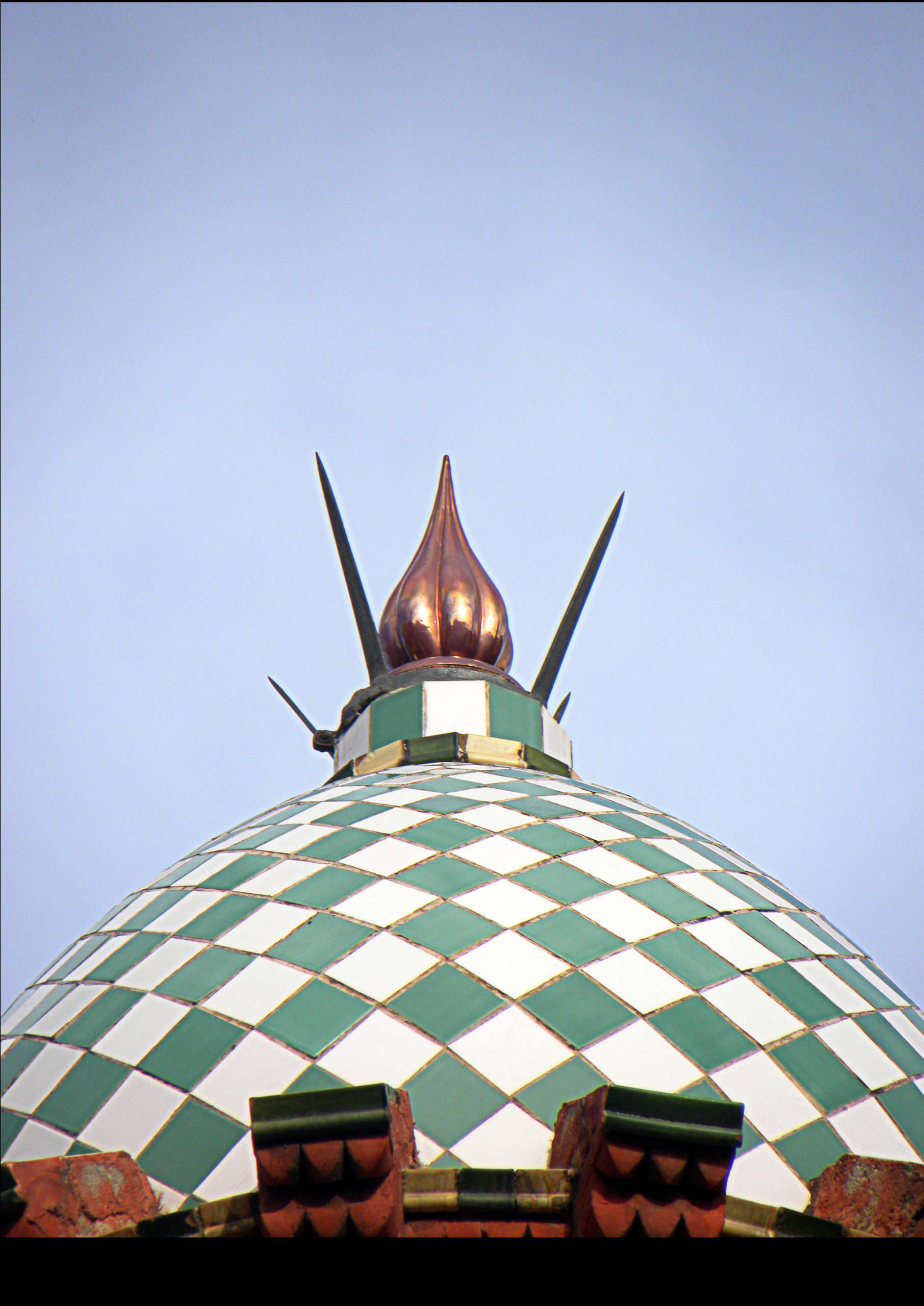Gaudí maintained an ascending professional trajectory during the last quarter of the 19th century, when his works in Barcelona and in other cities consolidated him as an architect. Gaudi’s friendship with Eusebi Güell was reinforced with the passage of time and was the source of increasingly stimulating projects, such as the Palacio Güell (1886-1888), while his growing relationship with the ecclesiastical environment allowed him to receive new commissions of religious type, like the Teresiano School (1889-1890) and the Espicopal Palace of Astorga (1887-1893), a project that Gaudí made in parallel to the construction of the Casa Botines de León (1892).
Also, at that time the Catalan architect projected his first work in the Ensanche of Barcelona, Casa Calvet, worthy of the City Council award for the best building of 1900.
The good professional moment of Gaudí contrasted with the disappointments in his intimate life. In spite of his economic solvency and intellectual capacity, the architect failed in the attempt to conquer his great love, Pepeta Moreu. That disappointed love probably meant a turning point for Gaudí, who became a more introverted and religious man. His concern for Christian morals even led him to endanger his life, as demonstrated in 1894, when he was bedridden for days after practicing a very rigorous fast.








